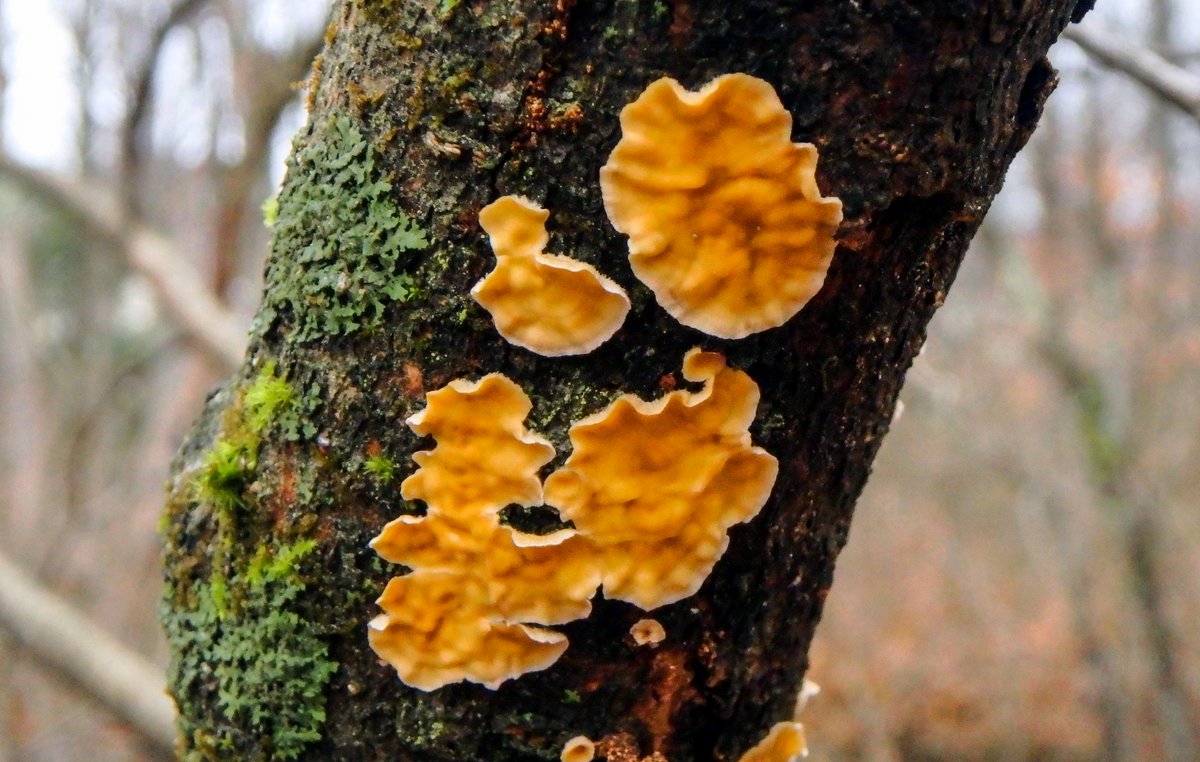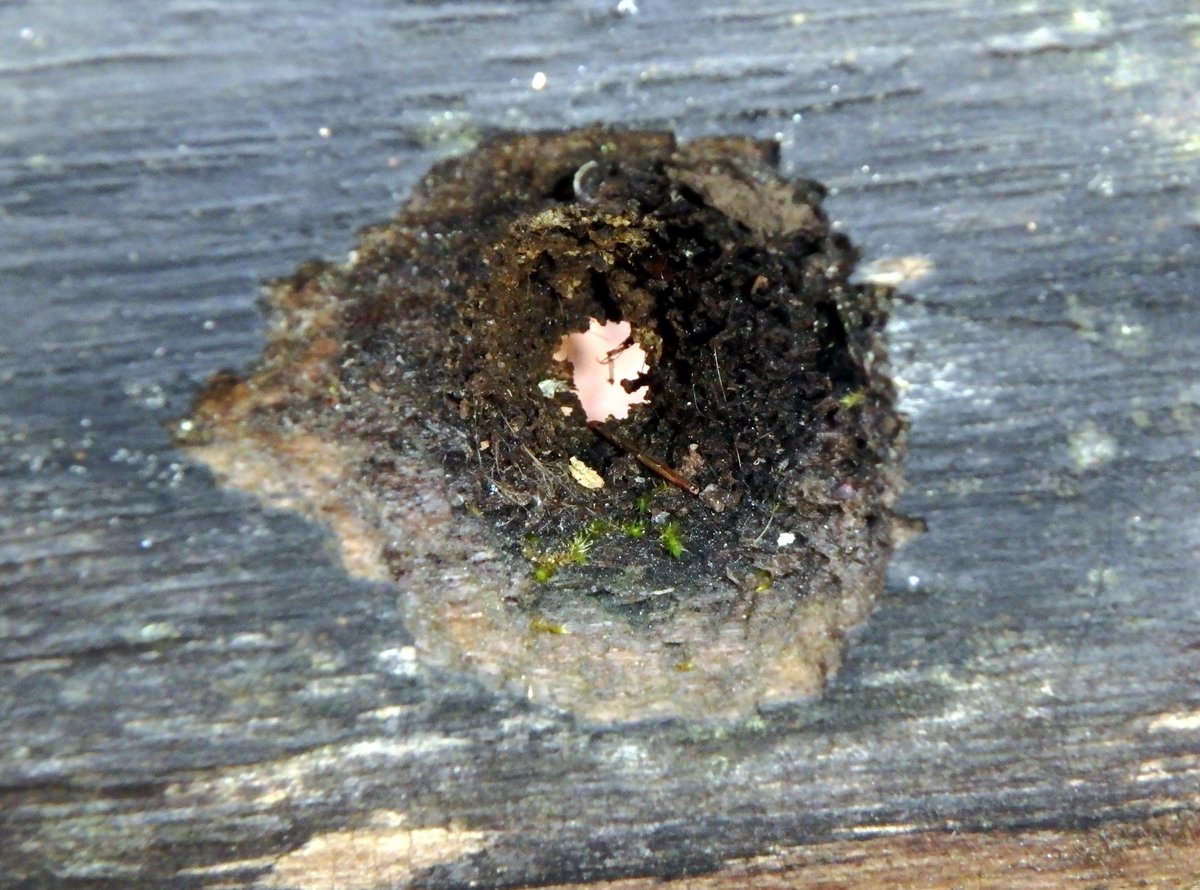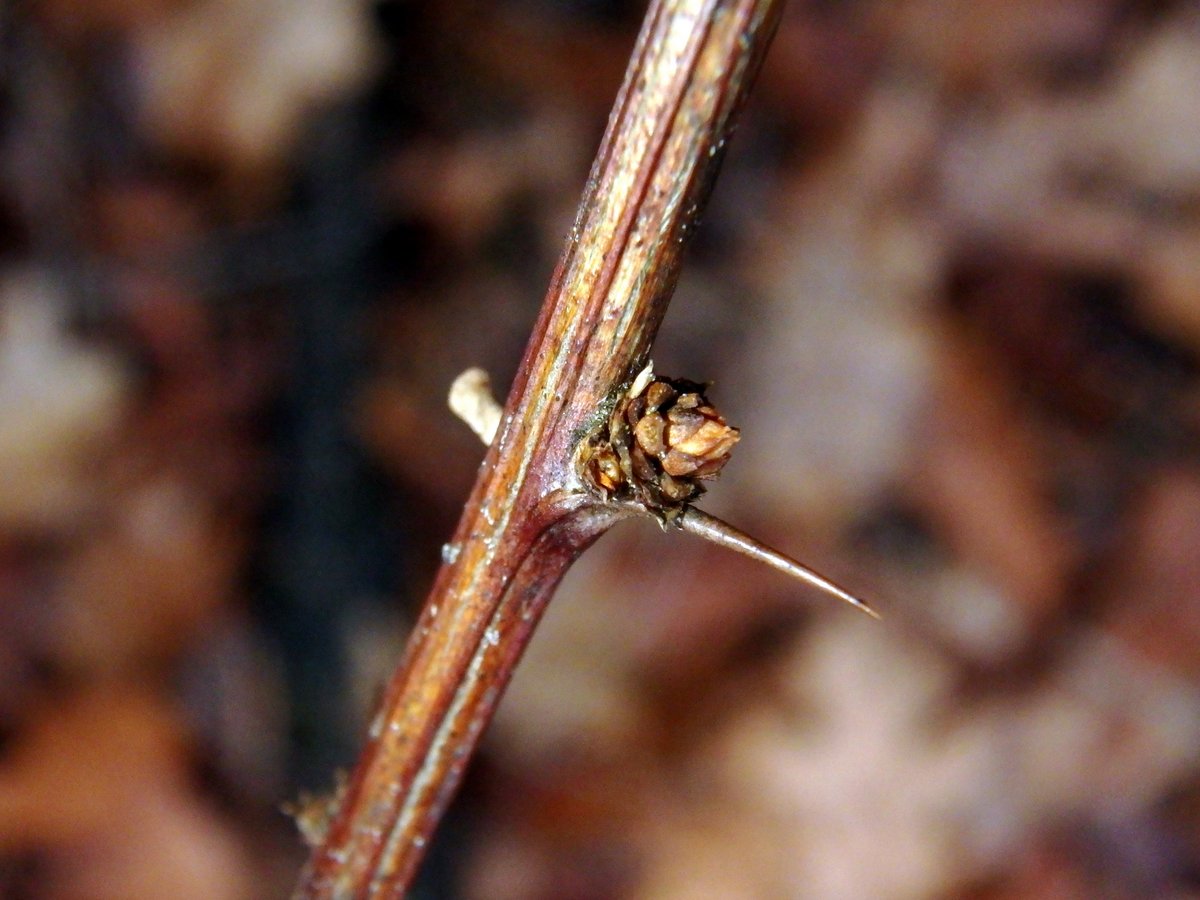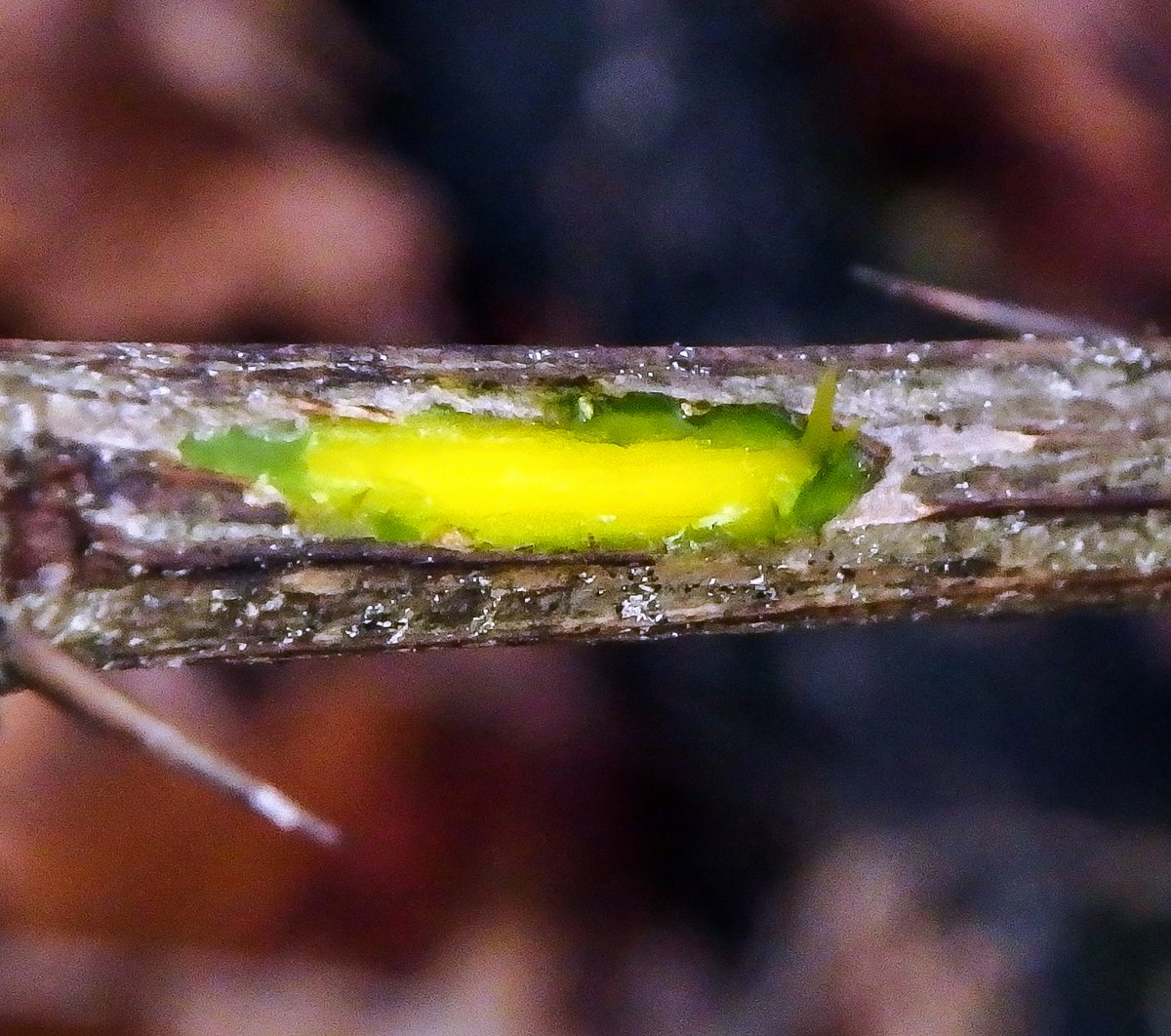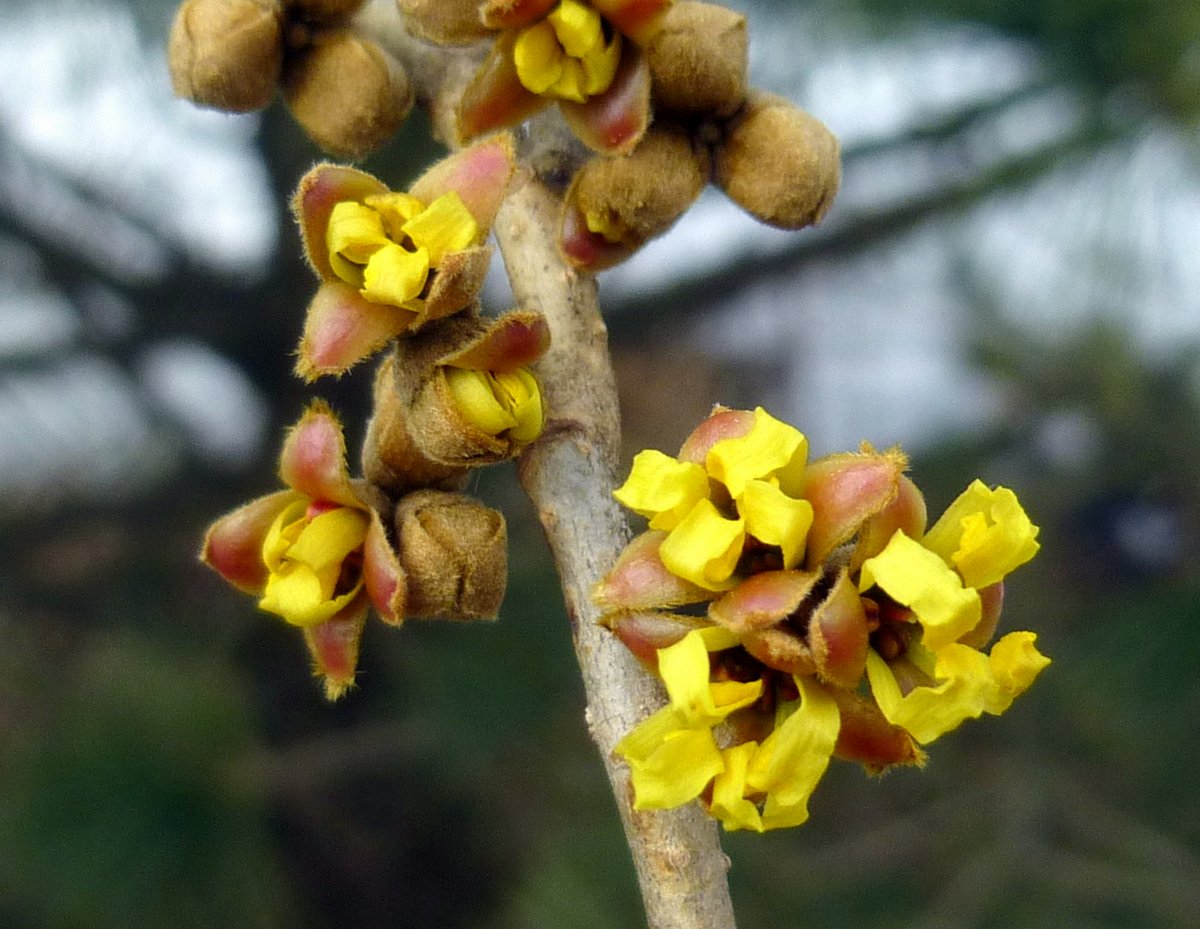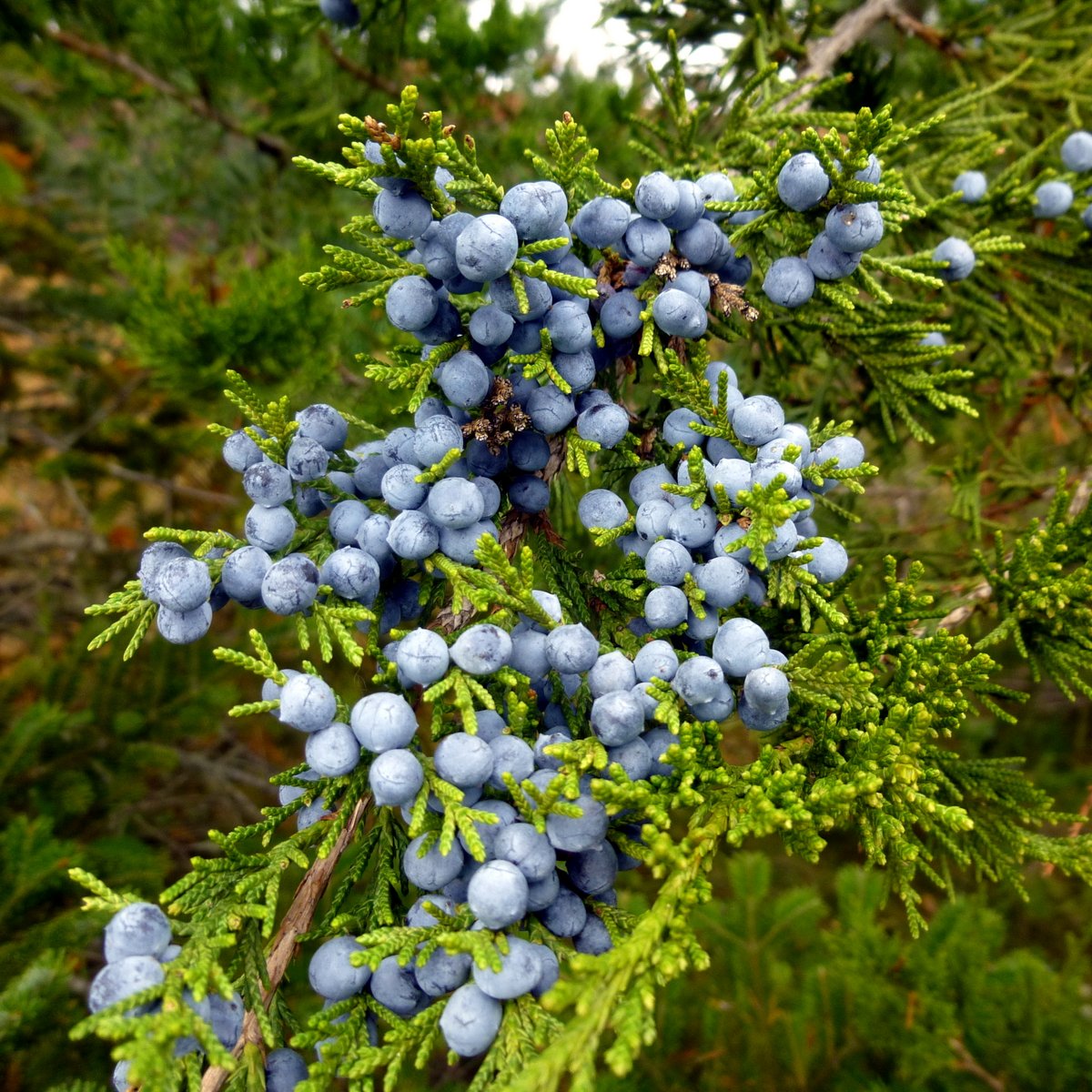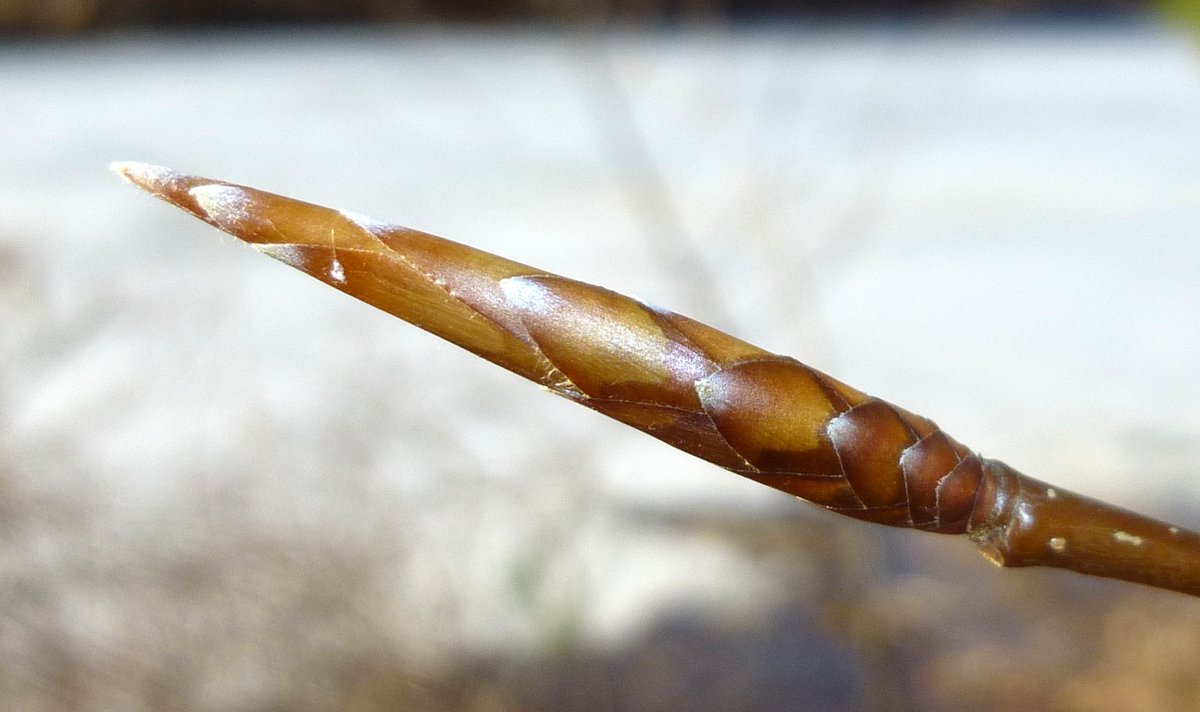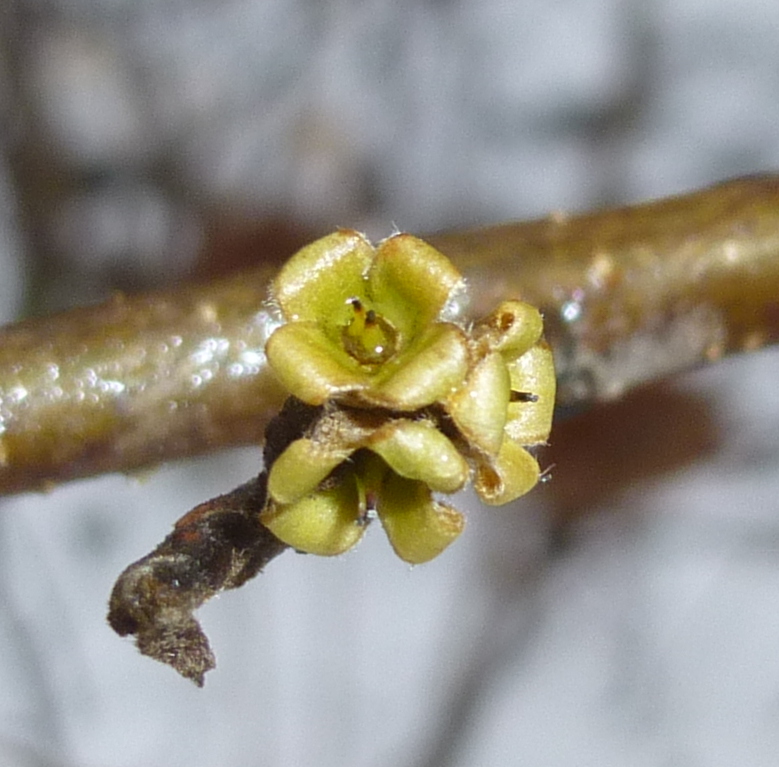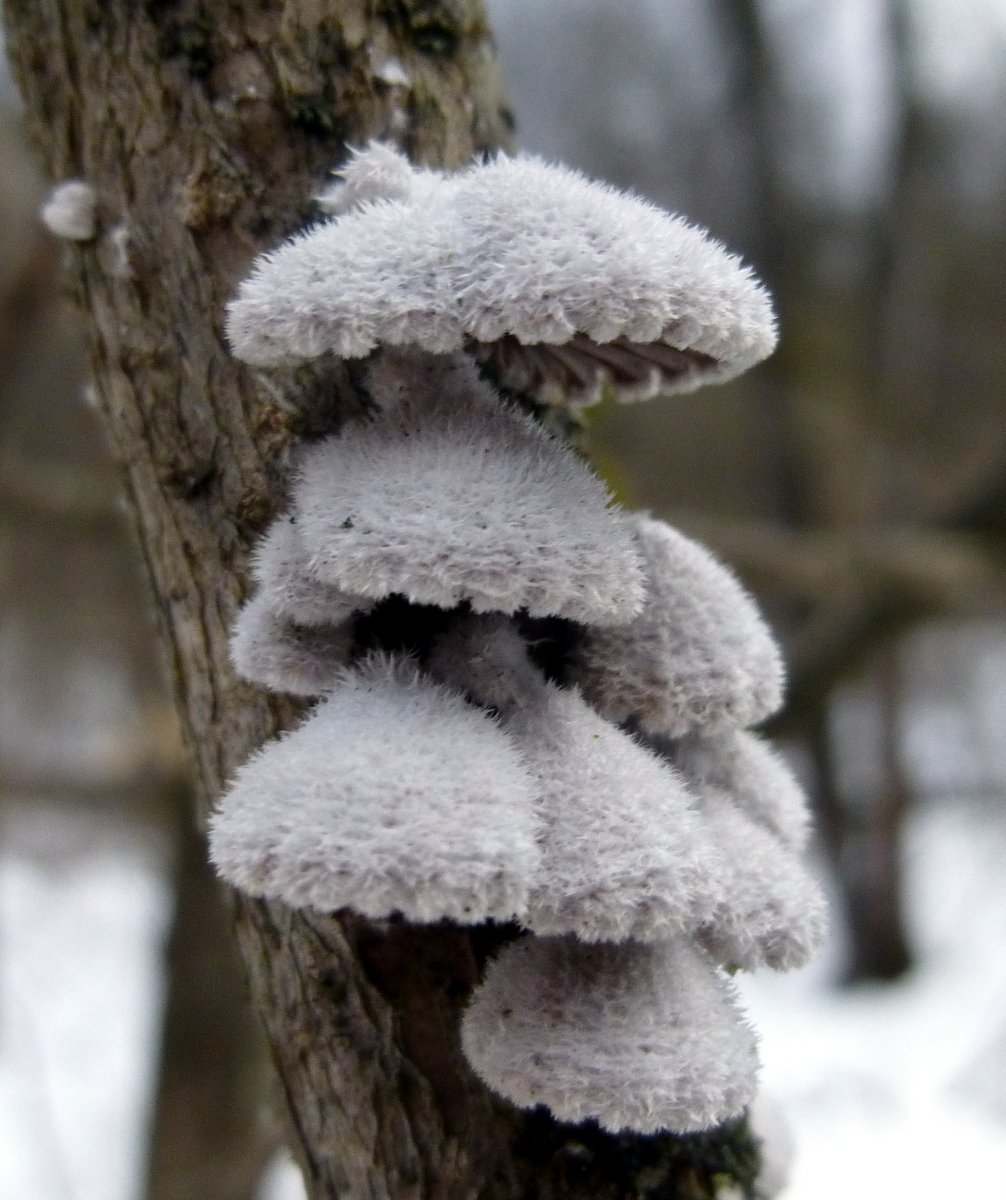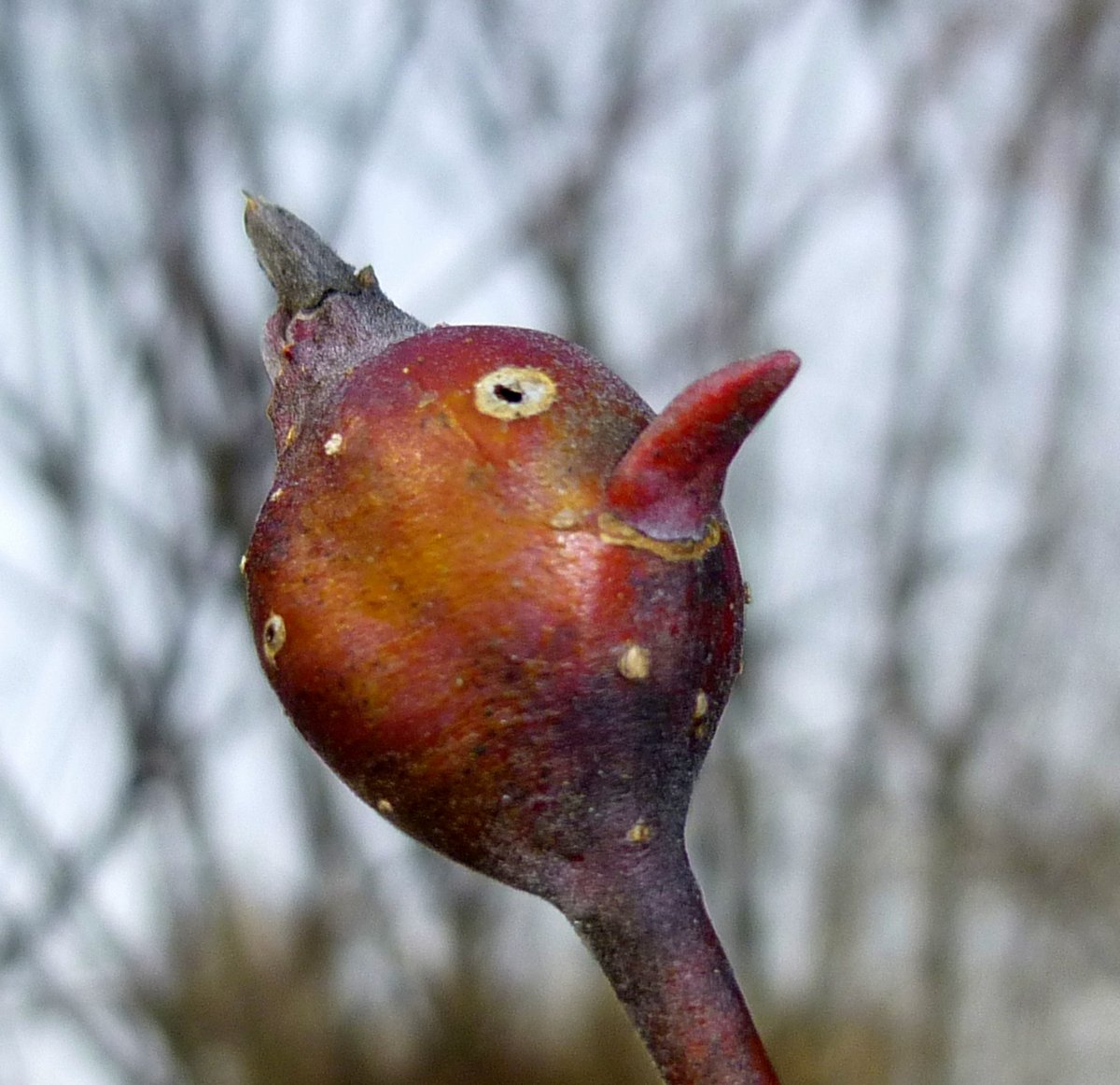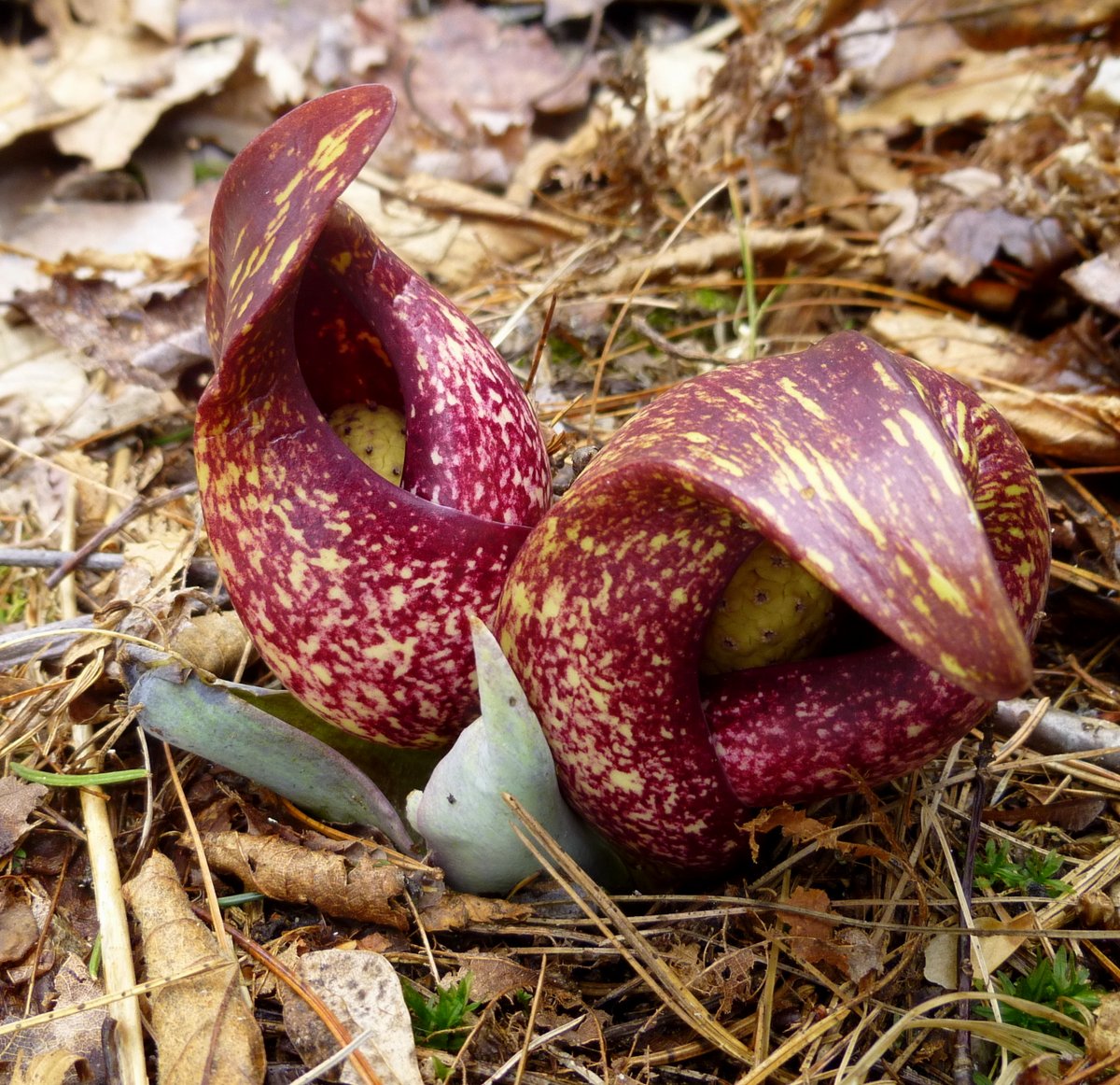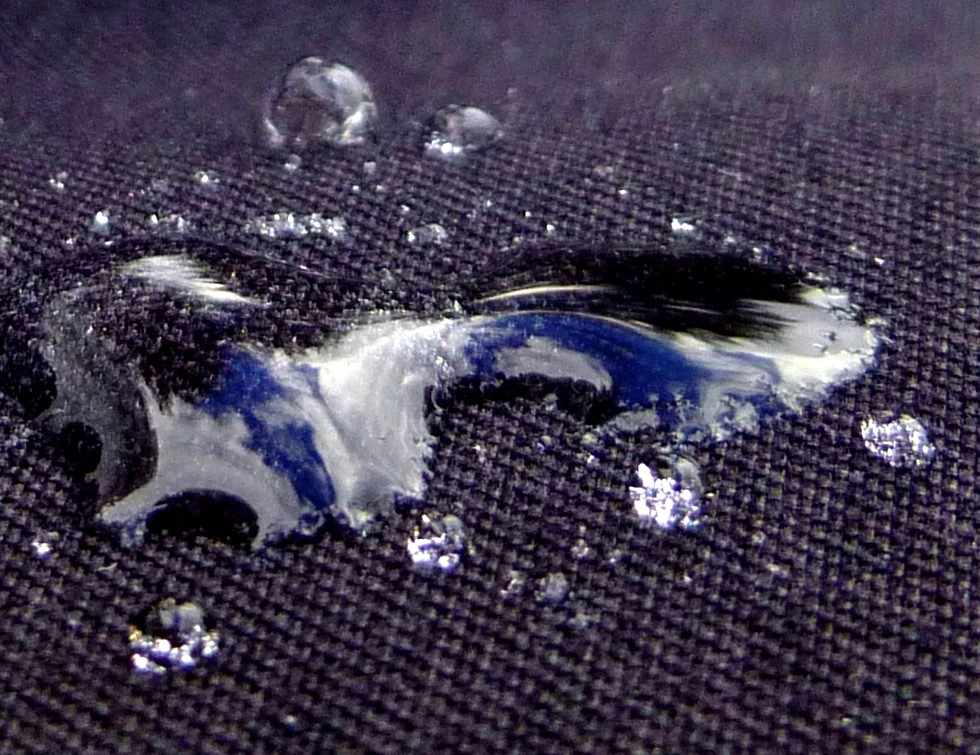I’m feeling a bit cheated this year because I haven’t seen enough mushrooms to do a mushroom post. Normally by this time of year I’d have done two or three posts dedicated to mushrooms, so I’ve decided to show you the mushrooms that you can expect to find here in a normal, drought free year. These are all mushrooms that have appeared in previous posts, like the wrinkled crust fungus (Phlebia radiata) seen above. It seems to radiate out from a central point, hence the radiata part of its scientific name. They grow on logs and have no stem, gills or pores, and they don’t seem to mind cool weather. In fact every time I have seen them it has been in the colder months of the year, like right now. It’s a beautiful thing.
This little group of butter wax caps (Hygrocybe ceracea) appeared in August one year. They’re one of my favorites. I hope these and the other mushrooms that you see in this post will convince you that they can be every bit as beautiful as flowers. You just have to look a little closer to see them, that’s all.
I found this reddening lepiota (Leucoagaricus americanus) in August also, growing in a sunny meadow that had been logged. It was big; the cap must have been 4 inches across, and it was a beautiful thing. It is called reddening lepiota because it is said to turn red wherever it is touched, but since I didn’t touch it I can’t confirm that.
Young purple cort mushrooms (Cortinarius iodeoides) are very purple but lighten as they age. Squirrels and chipmunks won’t touch this one, possibly because it’s covered with a bitter slime. This slime often makes the young examples look wet. Slugs don’t have a problem eating it and I often see white trails on the caps where they have eaten through the purple coating to the white flesh below. You can just see that on the left side of this one’s cap.
Purple corts often develop white or yellow streaks as they age and this is a good way to identify them. This example looked positively psychedelic. I usually find purple corts near the end of August into early September, but this year I didn’t see a single one.
Bear’s head or lion’s mane mushroom (Hericlum americanum) is a toothed fungus that looks like a fungal waterfall. Soft spines hang from branches that reach out from a thick central stalk. This is another color changing mushroom that goes from white to cream to brown as it ages. I find it mostly on beech logs and trees. This one was large-probably about as big as a cantaloupe. This is a late cool weather fungus. I’ve seen them in October and I’ve also found them frozen solid.
Another of my favorites is the orange mycena (Mycena leaiana.) They like to grow in clusters on the sides of hardwood logs. Its stems are sticky and if you touch them the orange color will come off on your hand. I think this is one of the most visually pleasing mushrooms. This is another late summer / early fall mushroom.
An animal had knocked over what I think was a Marasmius delectans and I found it backlit by the very dim light one cloudy afternoon. This mushroom is closely related to the smaller pinwheel mushrooms. This one was close to the diameter of a nickel. The Marasmius part of the scientific name means “wither” or “shrivel” in Greek, and refers to the way these mushrooms shrivel in dry weather and then rehydrate when it rains. I found it in September one year and I’ve never seen another one.
One of my favorite fungal finds for this post is called the tiger’s eye mushroom (Coltricia perennis.) One reason it’s unusual is because it’s one of the only polypores with a central stem. Most polypores are bracket or shelf fungi. The concentric rings of color are also unusual and make it look like a turkey tail fungus with a stem. The cap is very thin and flat like a table, and another name for it is the fairy stool. They are very tough and leathery and can persist for quite a long time. I find them in August through October.
One of the prettiest mushrooms in the woods right now are black chanterelles (Craterellus cornucopioides.) I met a mushroom forager once who told me that this mushroom was considered a choice delicacy and at that time restaurants were paying him $50.00 per pound for them, and they’d buy all he could find. But the trouble was finding them; mushroom hunters say they are very hard to find because looking for them is like looking for black holes in the ground. Some say they can look right at them and not see them but for me they seem very easy to find, and I think that’s due to my colorblindness. I’ve read that armies keep colorblind soldiers because they can “see through” many types of camouflage, and I think that must be why I can see these mushrooms so clearly when others can’t. It might be one of the few times colorblindness has come in handy. I found these on a south facing hillside in August.
Velvet stalked fairy fan mushrooms (spathularia velutipes) look more like leaves than mushrooms to me, but they are a form of spatulate mushroom that get their name from their resemblance to a spatula. They grow on conifer logs or in conifer debris on the forest floor. These examples grew in the packed earth beside a trail. This was the first time I’ve noticed them. This is another summer fungus that I found in August.
A jelly fungus called Calocera cornea covered this log. This tiny fungus appears on barkless, hardwood logs after heavy rains. The fruiting bodies are cylindrical like a finger coral fungus and it looks like a coral fungus, but microscopic inspection has shown it to be a jelly fungus. This photo shows only part of what covered this log. The huge numbers of what looked like tiny yellow flames licking out of the log was quite a sight.

Calocera cornea is called the small staghorn fungus, for obvious reasons. Each fruit body comes to a sharp looking point. I found these in early August after a heavy rain.
The tough cinnabar polypore (Pycnoporus Cinnabarinus) is red orange on its underside as well as its upper surface. It is considered rare and is found in North America and Europe. This was only the second time I had seen it and both times were in winter or very early spring. It is said to grow year ‘round but I’ve never found it in summer. It is also said to be somewhat hairy but I didn’t notice this. They turn white as they age and older examples look nothing like this one. This were growing on black cherry logs but they also grow on beech and poplar. I have found them in early March, covered with snow.
If you happen to see a mushroom that looks like it stuck its finger in a light socket you’re probably seeing something rarely seen. Called a “mycoparasitic mucorale,” Syzygites megalocarpes pin mold has been found on about 65 different mushrooms, but it will only appear when the temperature and humidity are absolutely what it considers perfect. It has multi branched sporangiophores that make the mushrooms it attacks look like it is having a bad hair day. This pin mold can appear overnight and starts off bright yellow, but as it ages it becomes paler until finally turning a blue gray color. It looks on the whitish side in this photo because I had to use a flash. It’s best not to get too close to these molds because inhaling their spores can make you very sick.
Something else that is rare to see is a mushroom with another fungus feeding on it, like this bolete with a mycoparasite called Syzygites megalocarpus growing on its cap. A mycoparasite is essentially a fungus that feeds on other fungi. This one has also been found on over 65 species of mushroom. It can appear overnight if heat and humidity levels are just right, and that’s exactly what this one did. You can’t plan to see something like this, you simply have to be there when it happens.
Dead man’s fingers (Xylaria polymorphaare) are a type of fungi that often look like a human finger. This one growing out of a crack in a beech log didn’t, but that was because it was a young example. They change their appearance as they age. In the final stages of their life dead man’s finger fungi darken until they turn black, and then they simply fall over and decompose. These examples grew at the base of a maple stump. It doesn’t take a very vivid imagination to see what almost look like fingernails on a couple of them. I usually find them in July and August.

The gills on the split gill fungus (Schizophyllum commune) are actually folds on its underside that split lengthwise when it dries out. The splits close over the fertile surfaces as the mushroom shrivels in dry weather. When rehydrated by rain the splits reopen, exposing the spore-producing surfaces to the air, and spores are released. Split gills grow on every continent except Antarctica and are said to be the most studied mushrooms on earth.
I loved the look of the underside of this dead split gill mushroom. I’ve heard that the underside of this fungus could be reddish but until I saw this one I had only seen them in white. These are “winter mushrooms” and I often find them very late in the year, even when there is snow on the ground.

To see small things you need to re-train your eyes. (And your mind, somewhat.) Jelly babies (Leotia lubrica) taught me that; one day I sat down on a stone to rest and looked down and there they were. I was surprised by how tiny they were, but they helped me see that forests are full of things just as small and sometimes many times smaller. You need to be ready (and able) to flatten yourself out on the forest floor to get good photos of jelly babies. These tiny mushrooms are found in July and August.
Turkey tail fungi (Trametes versicolor) are one of the most colorful fungi in the forest. They are also one of the easiest to find, because they grow in nearly every state in the country and throughout Europe, Asia. and Russia. They can also be found at any time of year, even winter.
Tiny little horsehair mushrooms (Marasmius rotula) grew on a log. These are very small things; the biggest one in this photo might be as big as a pea. Horsehair mushrooms are also called pinwheel mushrooms. Their pleated and scalloped caps always make me think of tiny Lilliputian parachutes. The shiny, hollow black stem lightens as it reaches the cap and is very coarse like horse hair, and that’s where the common name comes from. They grow in small colonies on rotting logs, stumps, and branches. Their spore release depends on plenty of moisture so look for this one after it rains. In dry weather they dehydrate into what looks like a whitish dot at the end of a black stem, but when it rains they rehydrate to release more spores. They can do this for up to three weeks. I find them anytime from July through September depending on the weather.
I think this one might be a golden coral (Ramaria aurea.) I don’t see many yellow coral mushrooms of this kind so I was happy to find it. Coral mushrooms get their common name from their resemblance to the corals found in the see. They can be very colorful.
Violet coral fungus (Clavaria zollinger) is easily the most beautiful coral fungus that I’ve ever seen. I found it in August of and the following year there it was, growing in the same spot again. Stumbling across rare beauty like this is what gets my motor running and that’s why I’m out there every day. You can lose yourself in something so beautiful and I highly recommend doing so as often as possible.
I hope you enjoyed this little fungal fantasy of things previously found. I’ve done it because I needed to see some mushrooms again and because I wanted others to want to see them too, especially the children who read this blog. The mushrooms shown here are a good representation of what you could easily find in the woods of New Hampshire. In the heat of summer, a day or two after a good rain, get into the woods and you’ll have a very good chance of finding them. If I found them you can too.
Nearness to nature keeps the spirit sensitive to impressions not commonly felt, and in touch with the unseen powers. ~Charles Eastman
Thanks for stopping in.






























